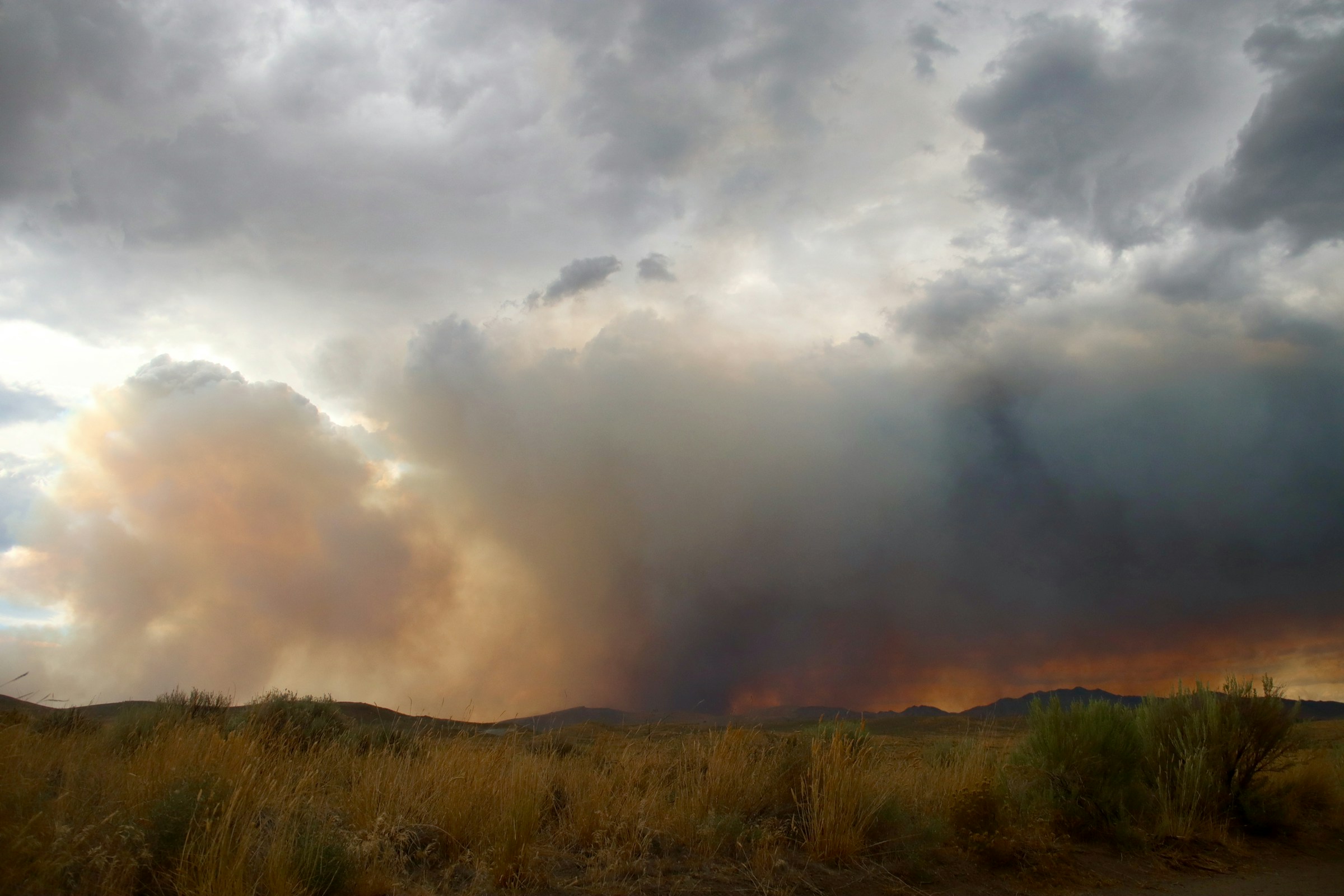

Michele Koppes
A significant landslide in Uttarakhand state, India, this month started when a chunk of glacier broke away, high in the Himalayas. Over 200 people are dead or missing in the wake of the disaster.
According to glaciologist Michele Koppes, we are likely to see more of these events in the future as our climate warms, and we need to do more to protect mountain communities.
Dr. Koppes, who holds the Canada Research Chair in Landscapes of Climate Change, spoke to CBC about the landslide.
“We’re seeing more frequent landslides happening, more frequent hazards. And they’re getting larger, and sometimes when they end in a body of water, they can actually cause a tsunami that can travel hundreds of kilometres away,” she told the broadcaster.
The problem is closer to home, too.
“There have been a number of landslides that we have been tracking that are happening in the B.C. Coast mountains.”
Dr. Koppes and other researchers from around the world have been studying the Uttarakhand slide via satellite imagery.
“We want to understand what happened here so that we can make changes and make recommendations to mountain communities worldwide that are experiencing these kinds of hazards.”
You can listen to Dr. Koppes’ full interview with CBC’s What On Earth here, or read a shorter story on the CBC website.
Dr. Koppes’ ongoing work investigates the impact of the loss of high altitude ice stores around the world. These ‘water towers’ are a vital source of fresh water for life and agriculture for millions of people – as featured in National Geographic.


